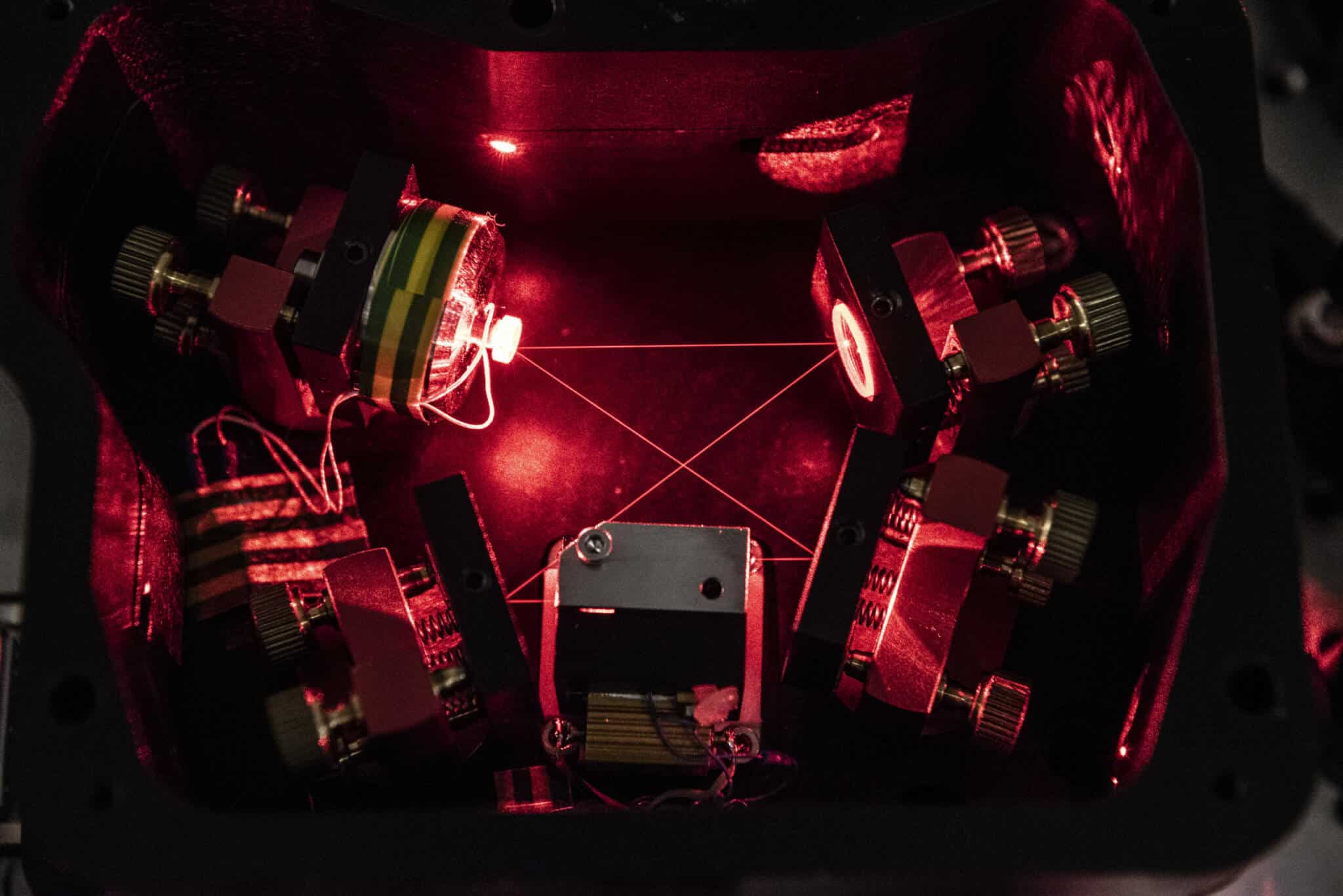Electronics Service
The electronics department designs and develops complex electronic systems for the laboratory’s experiments, ranging from laser source control systems to data acquisition systems, with particular expertise in homodyne detection, low-noise high-voltage amplifiers, and RF digital signal synthesis. The department’s expertise includes low-noise analog electronics (in the microvolt range), high-voltage signals (up to 1kV), and frequencies ranging from DC to microwave. Solutions can take the form of analog, digital, or mixed-signal boards.
The electronics department manages all stages of design, routing, wiring, testing, and mechanical integration of prototypes. It is also responsible for part of the maintenance and repair of commercial instruments and equipment used in experiments. Additionally, the electronics workshop oversees subcontracting for the production of certain dedicated systems.
The department has a workshop and a design office at Sorbonne University, as well as at the École Normale Supérieure. At the latter site, these facilities are shared with LPENS and are part of the physics department’s platforms.

